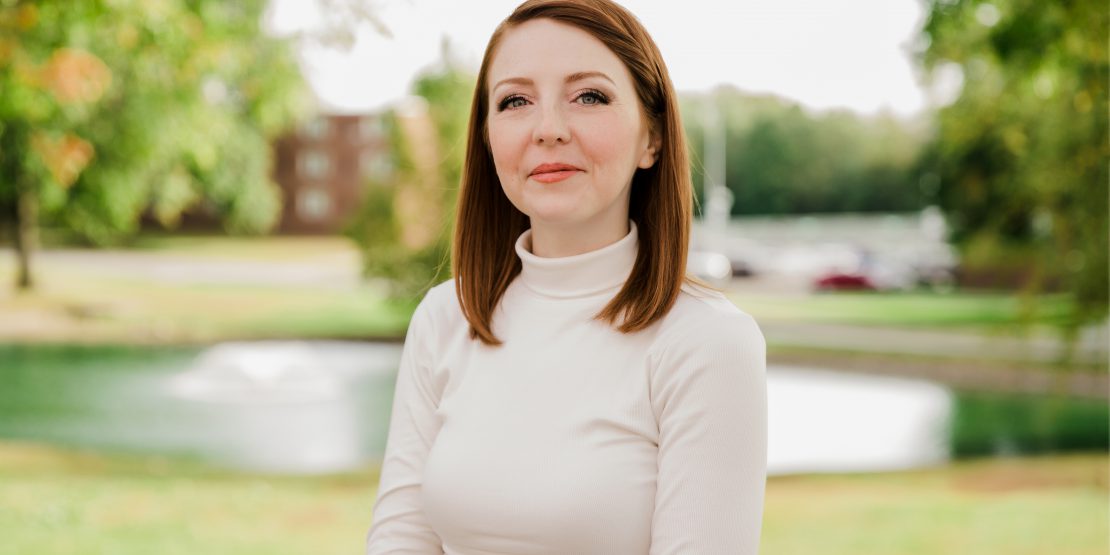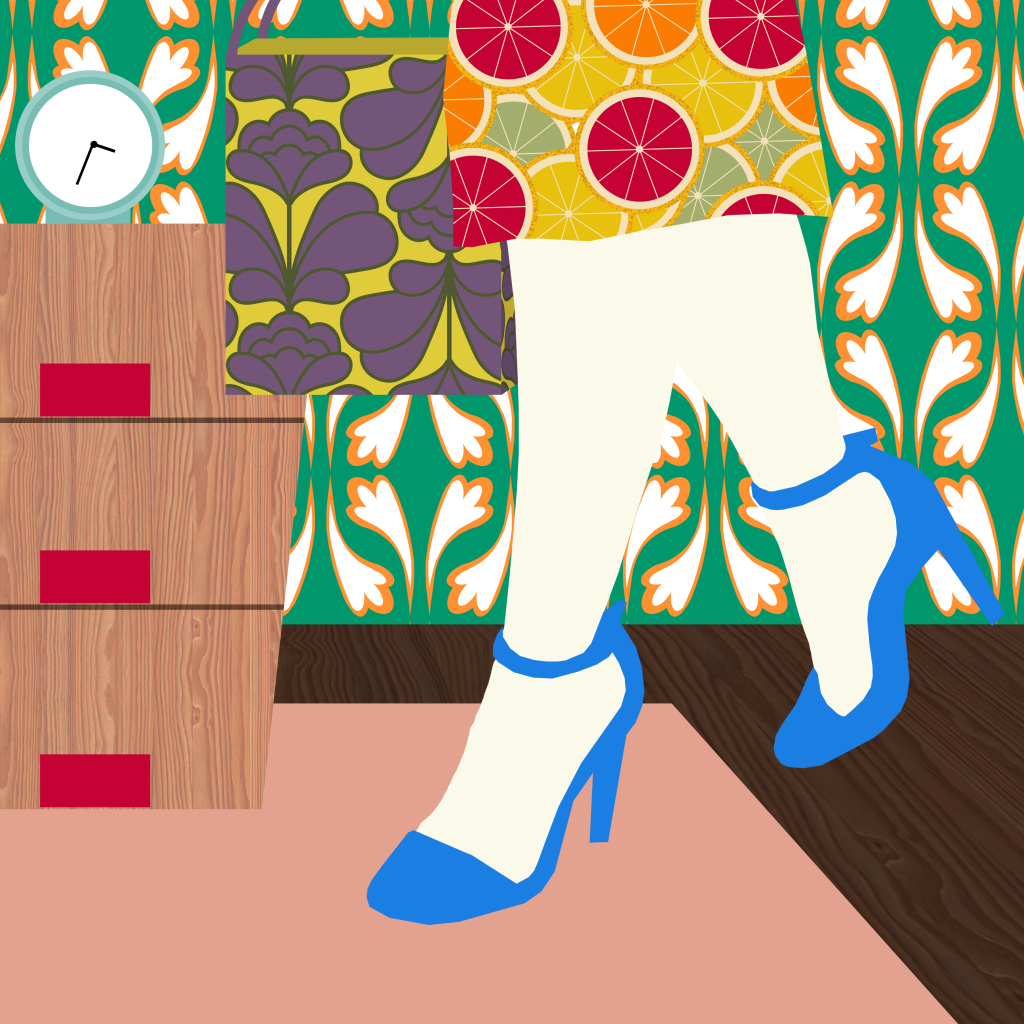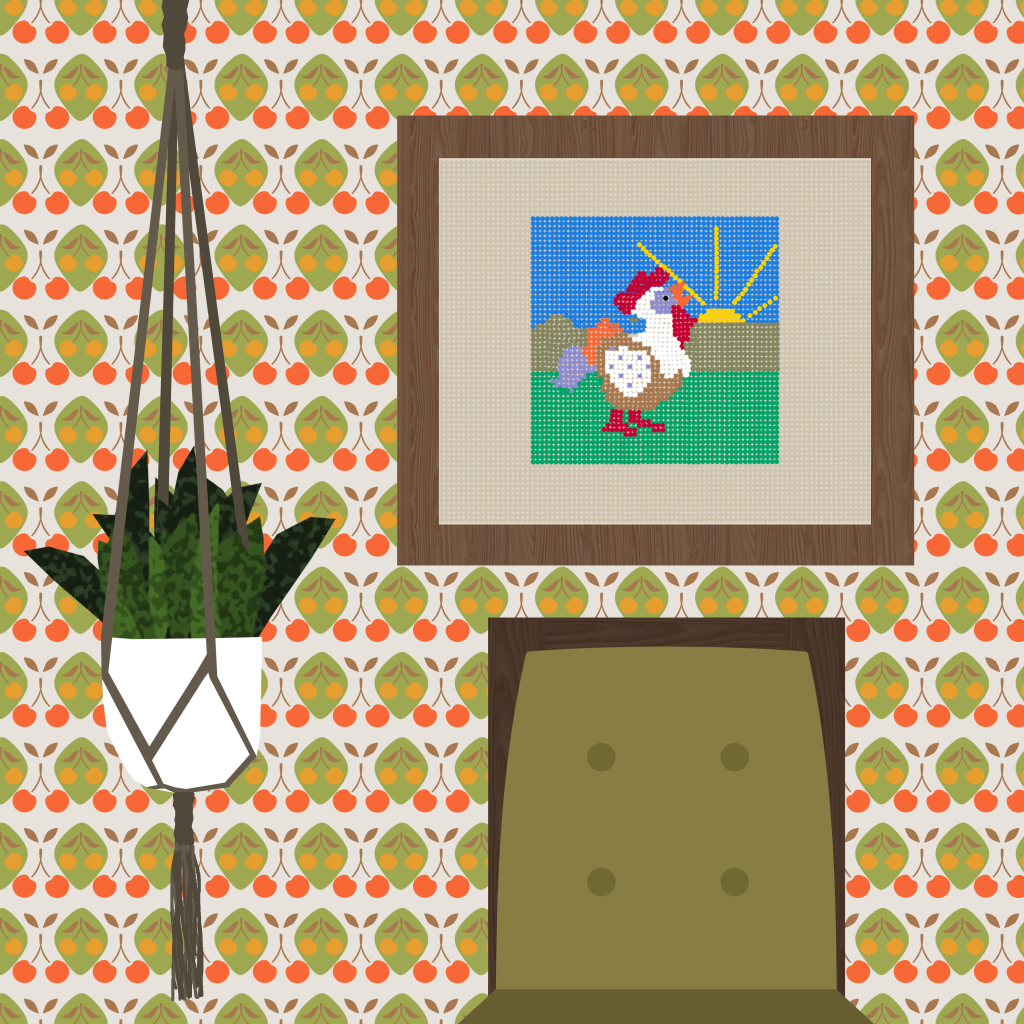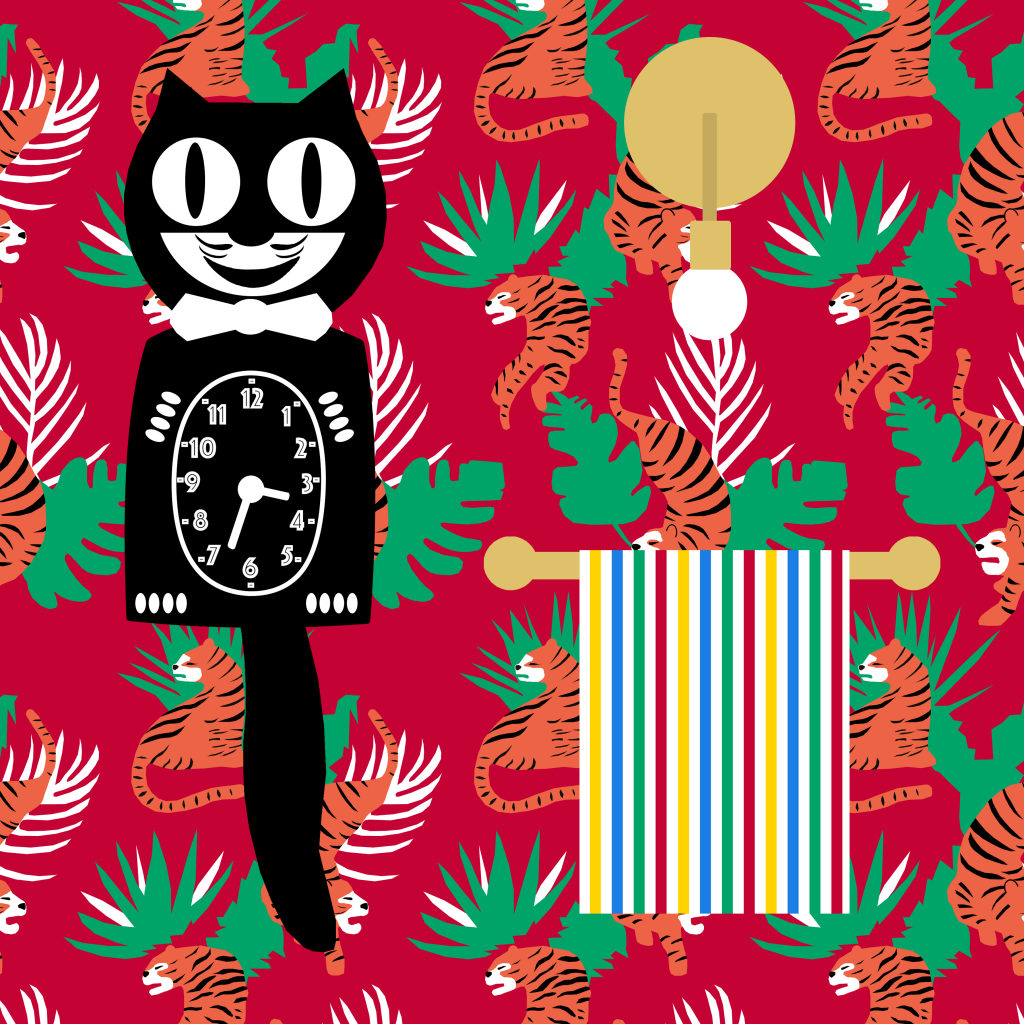Assistant Professor of Graphic Design
As an undergraduate student, I initially majored in graphic design, but the program was far too technical for me, lacking the conceptual depth I wanted as an artist. So, I ended up earning both my Bachelor’s and Master’s degrees in painting. For the past several years, most of my work has involved digital painting, so everything has kind of come full circle. I taught studio art for a few years before deciding to pursue my education further. The art of teaching is very complex and I wanted to learn all I could about it. I went back to school and earned my PhD in Art Education from the University of Missouri. I consider myself a multi-media artist but I hesitate to box myself in to one medium. I make sure to emphasize to my students that creativity comes in many forms and is often the result of an assemblage of experiences.
I always knew that I wanted to be an artist. My mom was a huge influence on me. She painted a lot and we spent our Saturdays watching Bob Ross on television. Art has always been my passion and what I do for fun. I never considered any career path other than art. It was only when I had the experience of teaching in graduate school that I realized I had a passion for education as well.
Expanding her knowledge of art
My interests have changed a lot throughout my educational journey. Along the way, I have discovered so many things that one can do with an art degree. I knew that art making would always be a part of my life, but I wasn’t sure how to make it a career until later on in my life. That is something that a lot of students fear, but I believe that if you are dedicated and follow what you are truly interested in, you will find a way. That’s what happened with me. It’s important that students give themselves a lot of options as well. I am an artist, but I have also worked in art galleries and in the fields of education and research. It is beneficial, no matter what you are pursuing, to have other skills in your back pocket that you can utilize.
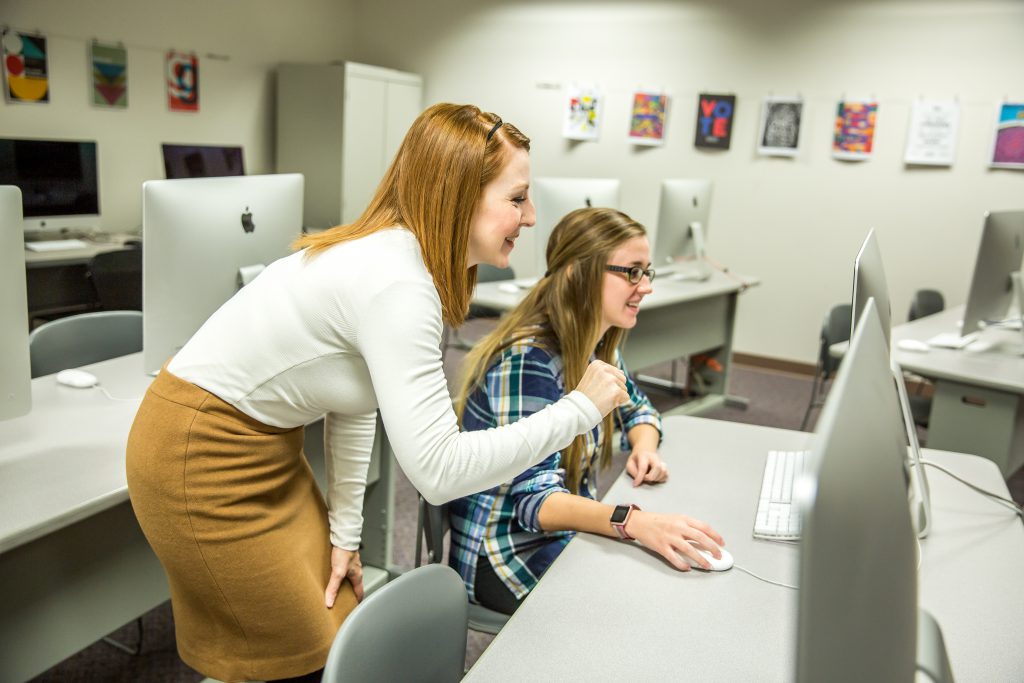
Experience at WWU
I really love the class sizes here. When I was teaching as an adjunct at a different university, I taught a 300-student art history class. That was something that I did not want to pursue further! It was a great learning experience as far as organization and time management, but I wanted to be able to connect with students on a deeper level. Here at William Woods I can get to know students one-on-one. With smaller class sizes, I also have the freedom to alter my course content to account for each student’s unique interests. When students have the freedom to make the coursework relevant to their lives, they are more devoted to the work and are more likely to retain what is learned. The students here are so invested in their education. They have far exceeded my expectations on every level.
I had the great fortune to start my time at William Woods with three wonderful new art faculty members. They are experts in their fields and motivated to make positive changes in students’ lives. We have a similar vision for the future of the art program and are excited to see it flourish.

Goals and focus for the program
Right now, the art faculty’s focus is on reviving the curriculum and the overall student experience. There are classes we want to update or add so that students have relevant skills based on the changing landscape of art and design careers. We have restored the Thriving Artists Group (TAG) on campus, so we encourage students to become involved in that. It’s also important that students see what is happening in art and design beyond the Kemper Art Center. We have some great field trips planned to broaden their scope of influence and exposure to works of art.
Careers for artists
There are so many different career trajectories for art students. Artists can creatively problem solve and employers are looking for that now more than ever. Our graduates are working in museums, for design firms, as freelance designers, and in education. Artists can, of course, always sell their work, too. If you’re in a creative field, you learn how to make your own opportunities. There is an assumption that to be a successful artist you have to move to Los Angeles or New York but there are opportunities everywhere, even here in mid-Missouri. However, it’s also important for students to know how to use social media and other digital platforms to their advantage so that their work reaches a wide audience. I know so many artists who have found great success selling their work and finding clients just by regularly posting work on Instagram. Being an artist is a demanding job, but it doesn’t have to be so tough if you have the tools to succeed. That’s what the art department always strives to do. We want to see our students thrive.
*Samples of Dr. Bethanie Irons work

